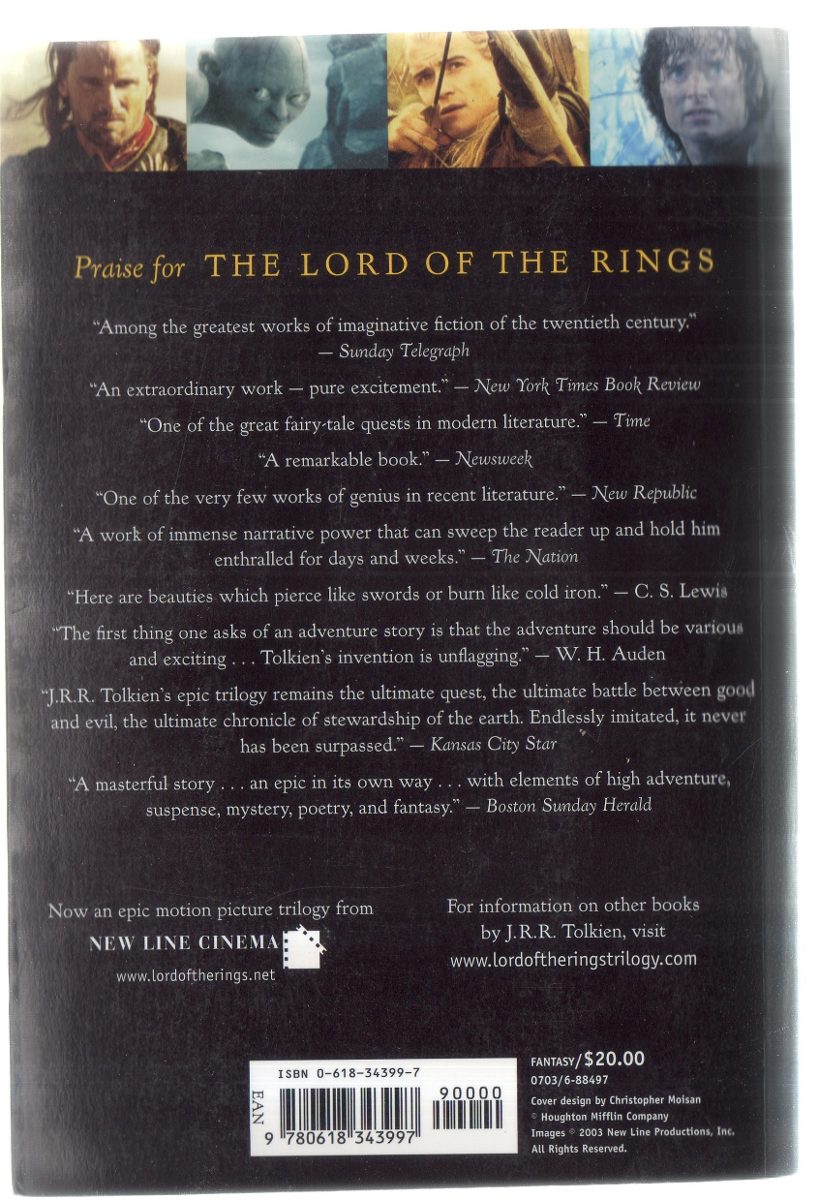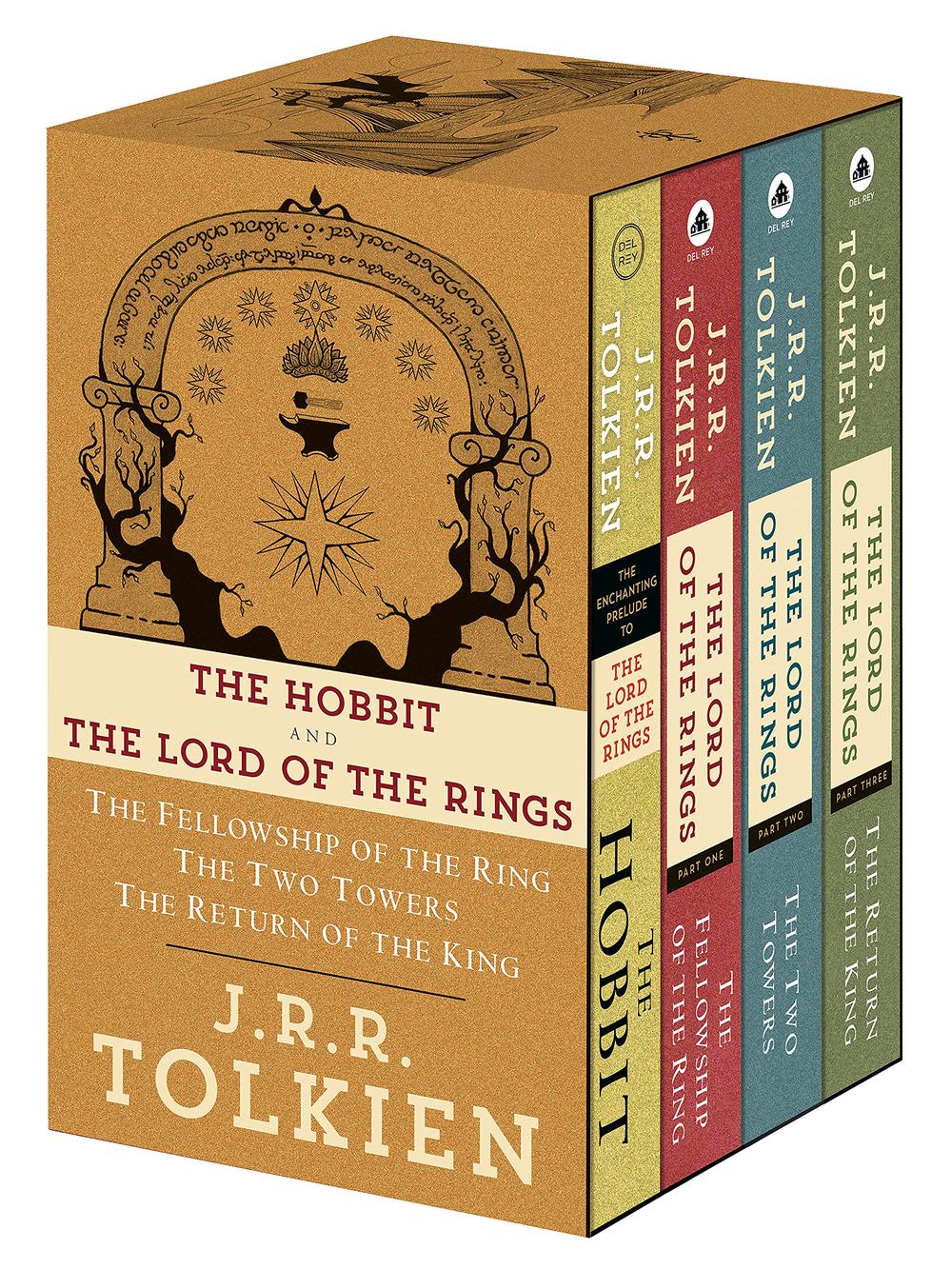
Nicolay described how this combination of realism and hope guided Tolkien's Middle-earth writings. Tolkien differed from many modernists in having a strong Catholic faith, giving him hope. These traumas left people with feelings of hopelessness and alienation, and a sense that good tradition was broken and that religion had failed. Theresa Nicolay showed in her 2014 book Tolkien and the Modernists that Tolkien's Middle-earth fantasy, like Modernism, was created as a reaction to two collective traumas of the 20th century, namely industrialisation and the mechanised mass killing of the First World War. Tolkien įurther information: The Great War and Middle-earth


Eliot and Ezra Pound but he differs from them in using the diverse materials not so as to present a fragmented collage, but to create a world of his own, providing a mythic prehistory, a mythology for England.Ĭontext J.

Tolkien's writing has some clearly modern features, especially the strong emphasis on intertextuality, like the work of T. Chesterton between the wars and the disillusionment of Orwell, William Golding, and Kurt Vonnegut after the Second World War. Yeats has some connection with the Celtic Revival and the Symbolist movement can be likened to the romantic Little Englandism and anti-statism of George Orwell and G. Scholars have compared Tolkien to authors of the 19th and 20th centuries, writing that he fits into the romantic tradition of William Morris and W. His Middle-earth fantasy writings, consisting largely of a legendarium that underlies The Lord of the Rings and The Silmarillion that was not published until after his death, embodied his realism about the century's traumatic events, and his Christian hope. He fought in the First World War, and saw the rural England that he loved built over and industrialised. Tolkien, the author of the bestselling fantasy The Lord of the Rings, was largely rejected by the literary establishment during his lifetime, but has since been accepted into the literary canon, if not as a modernist then certainly as a modern writer responding to his times.


 0 kommentar(er)
0 kommentar(er)
